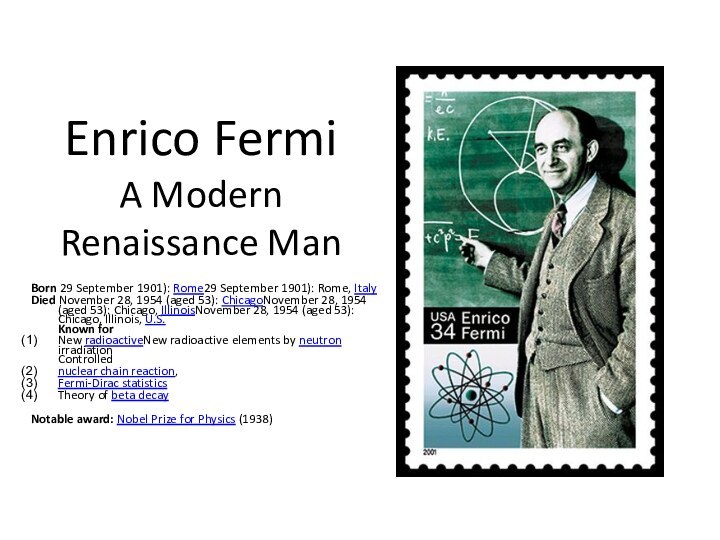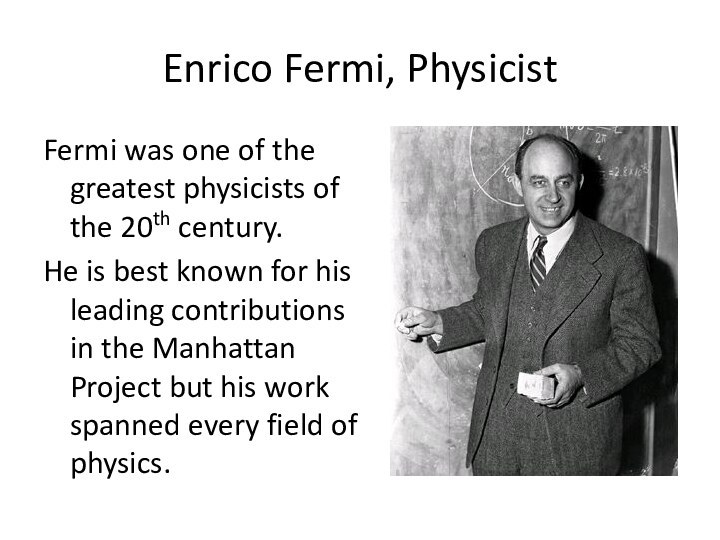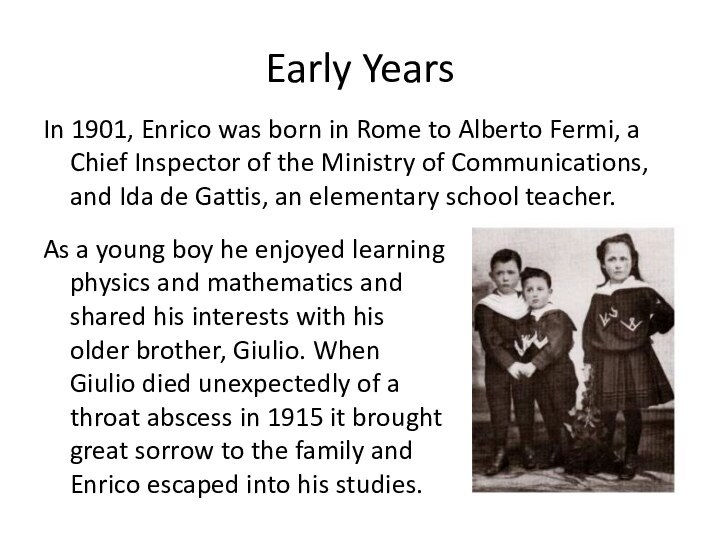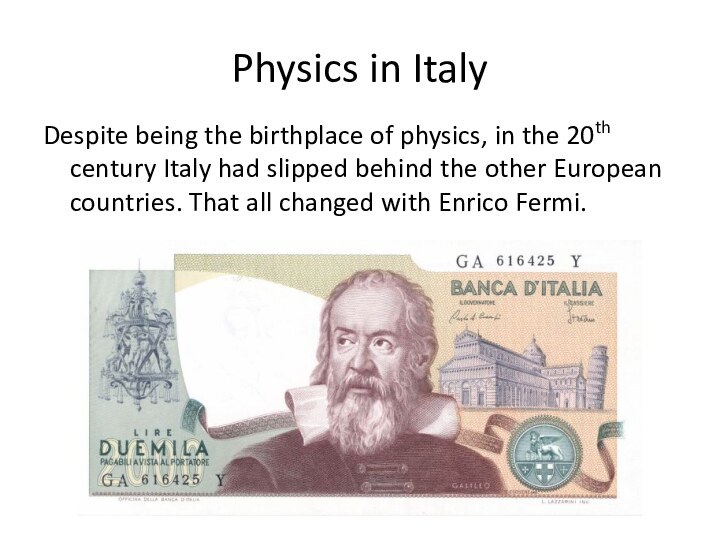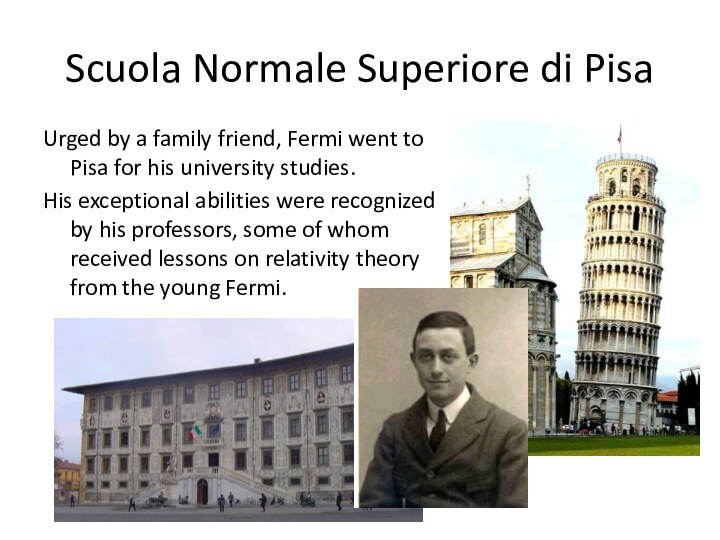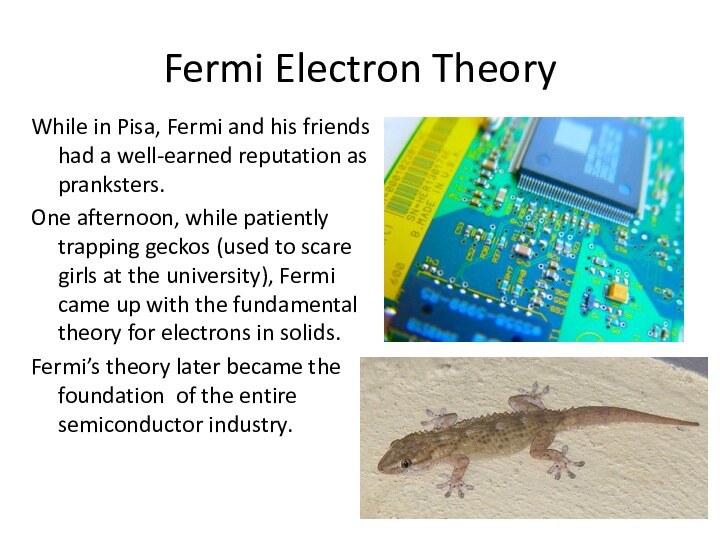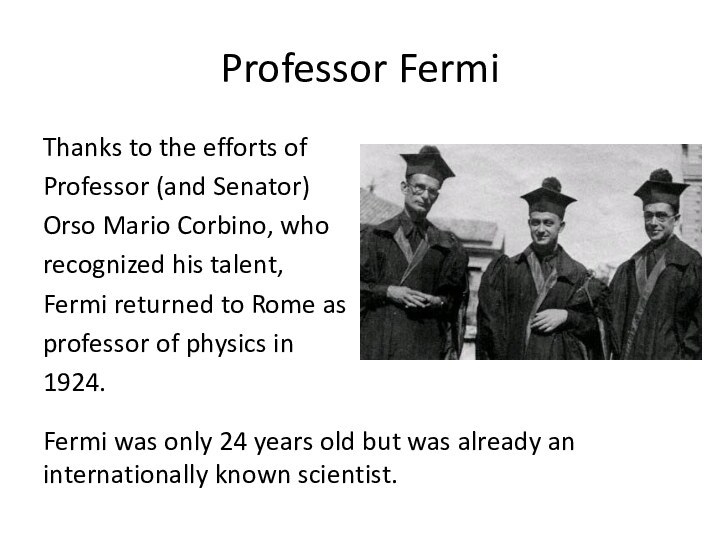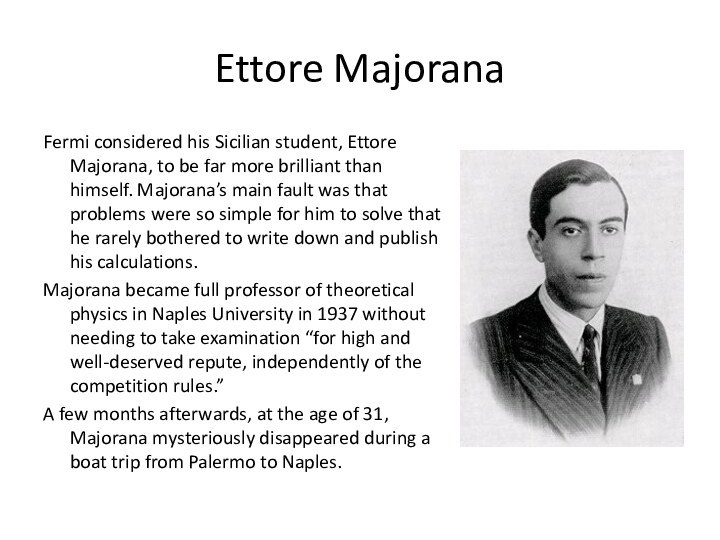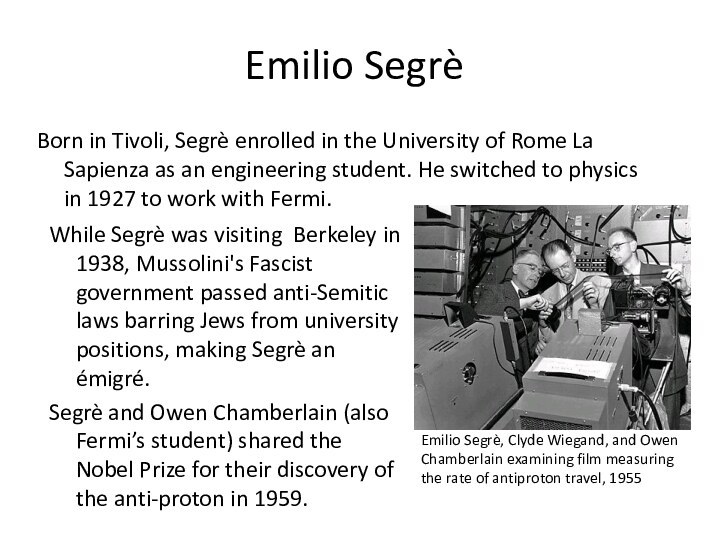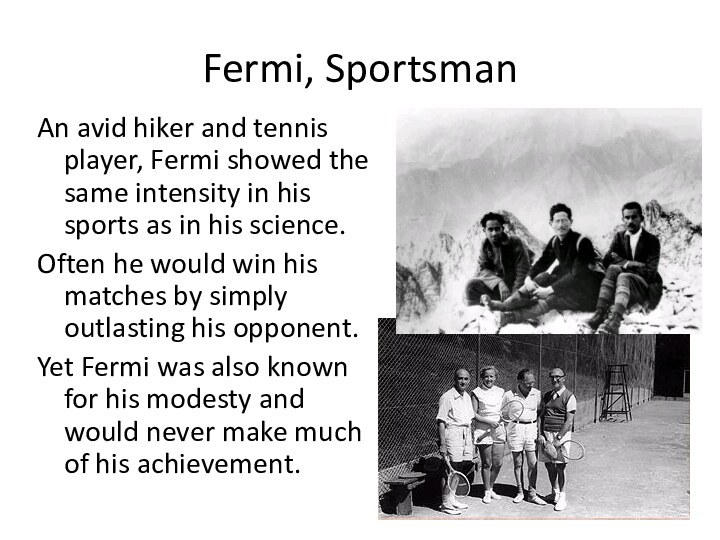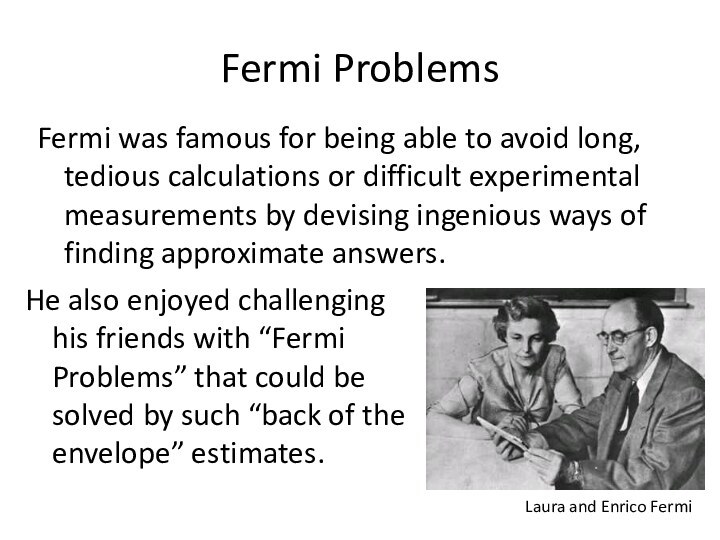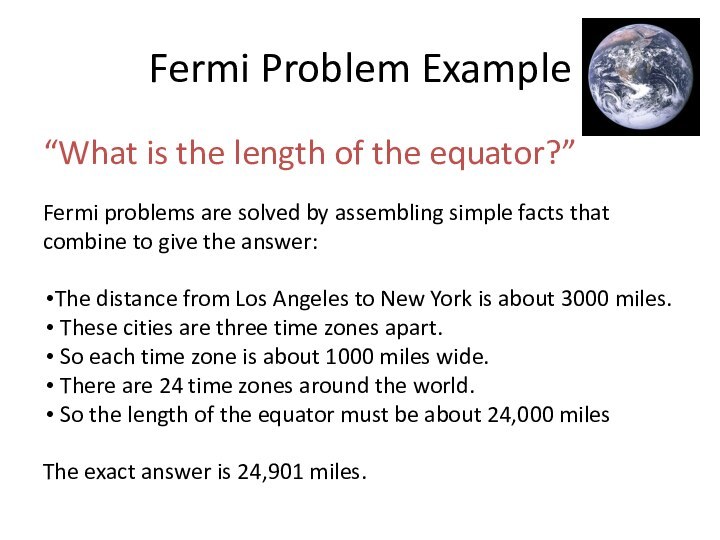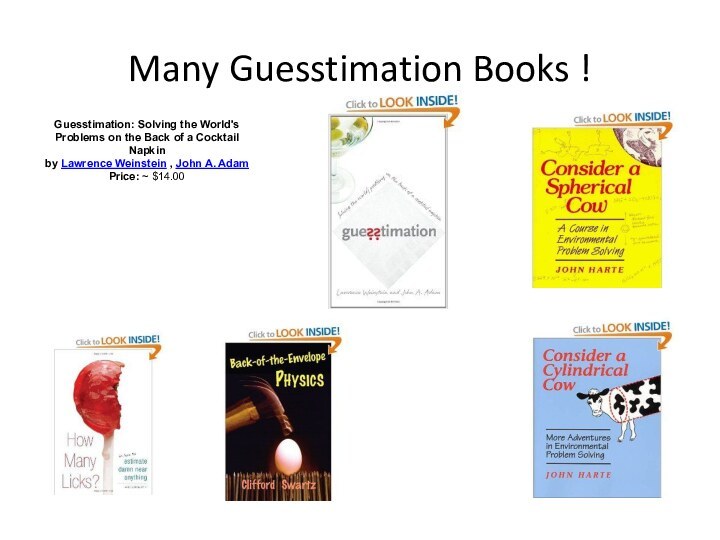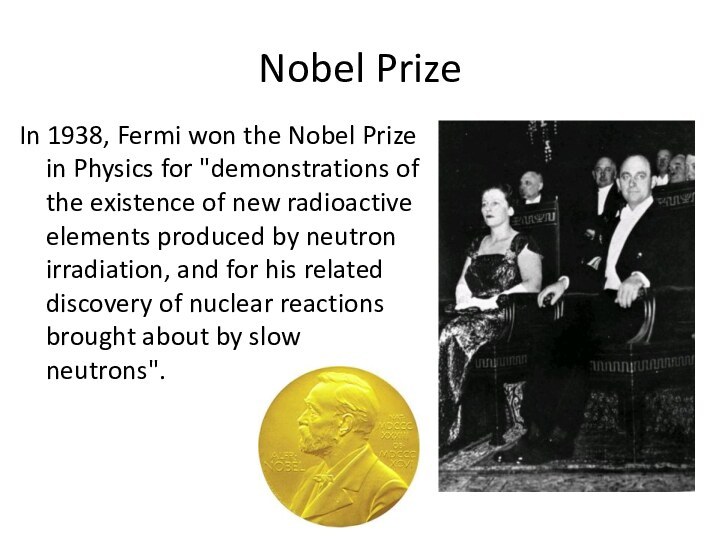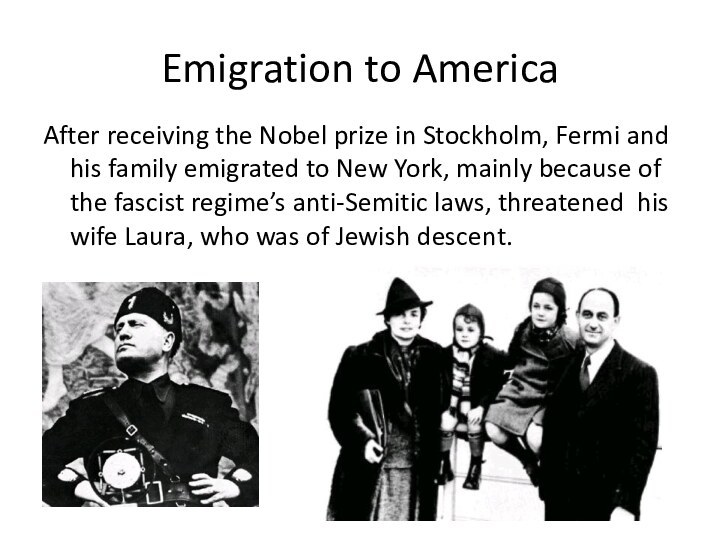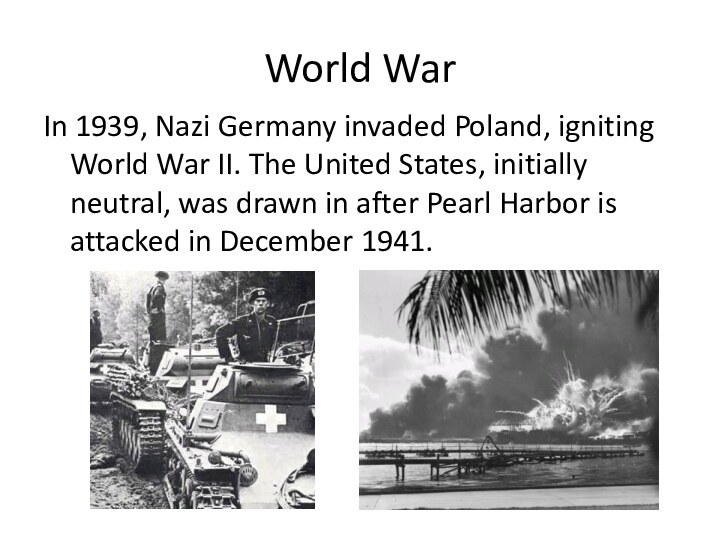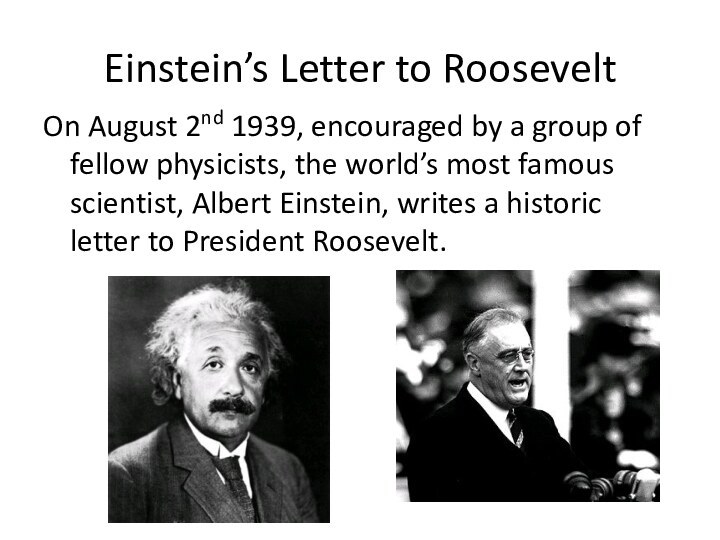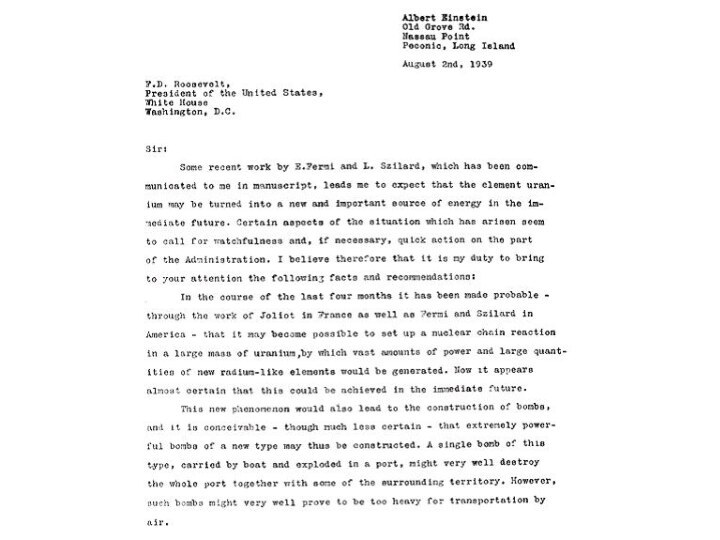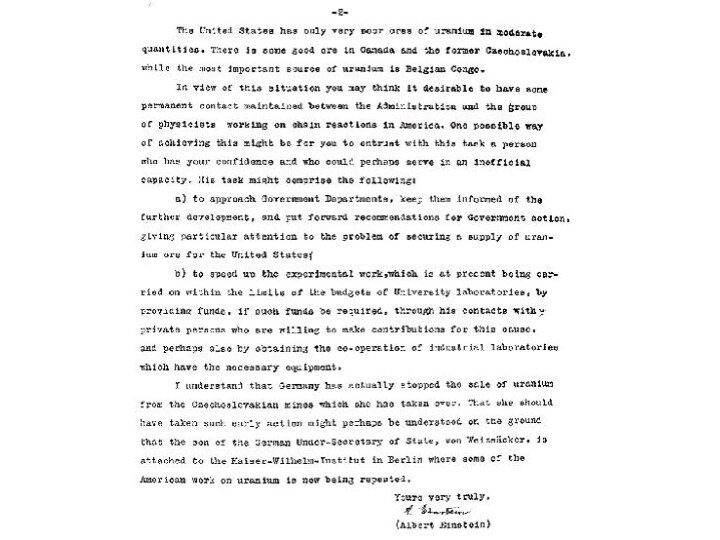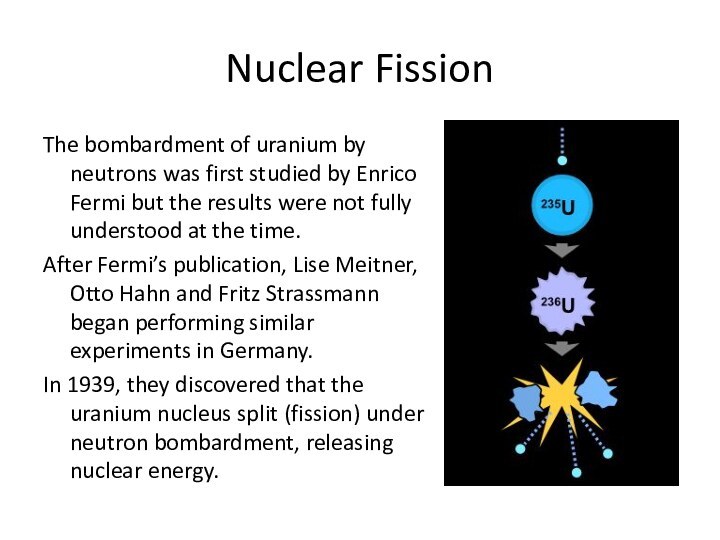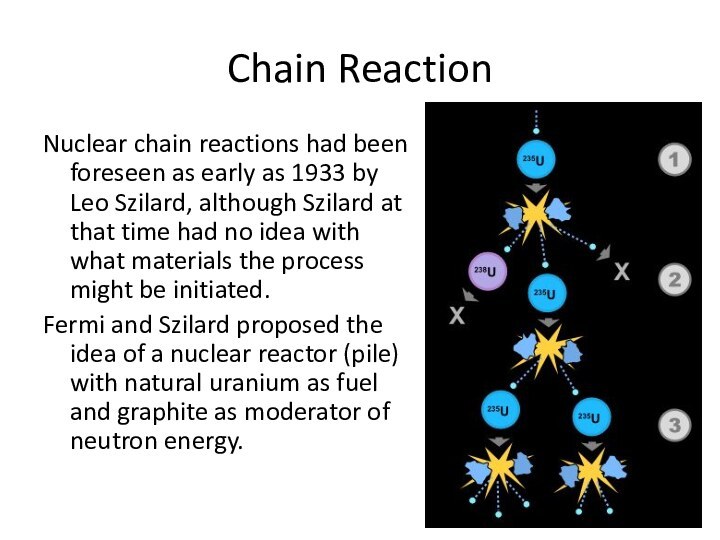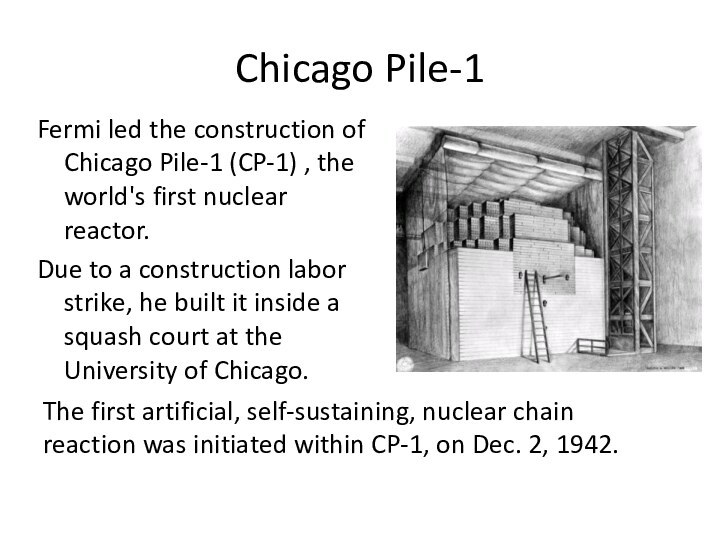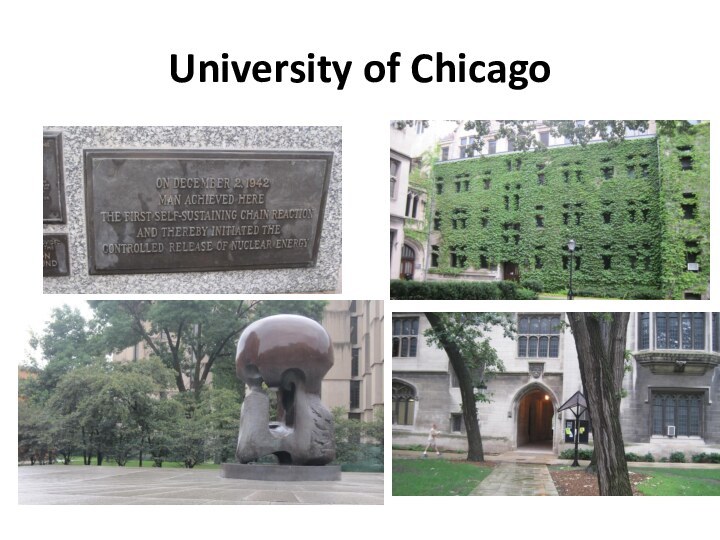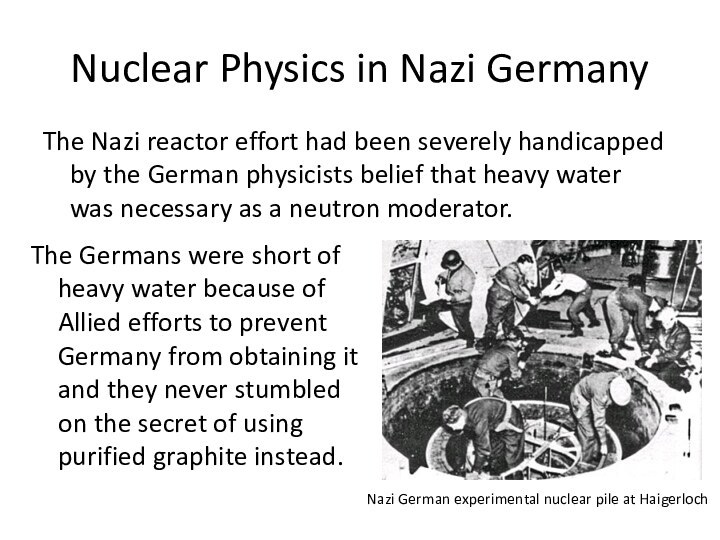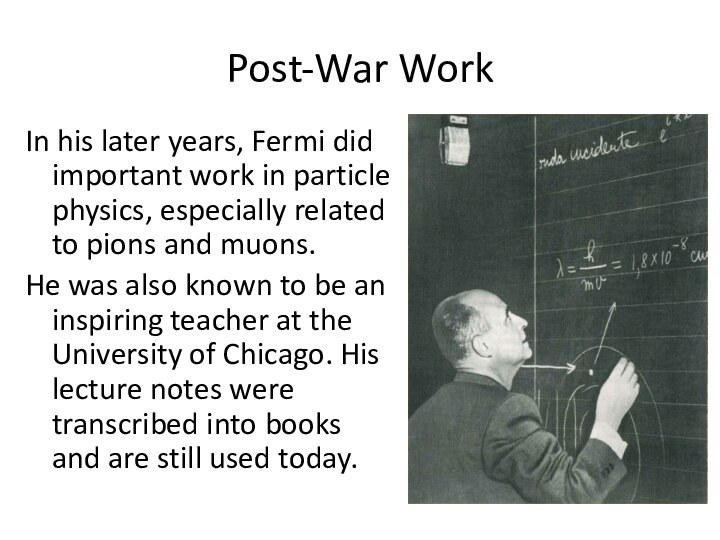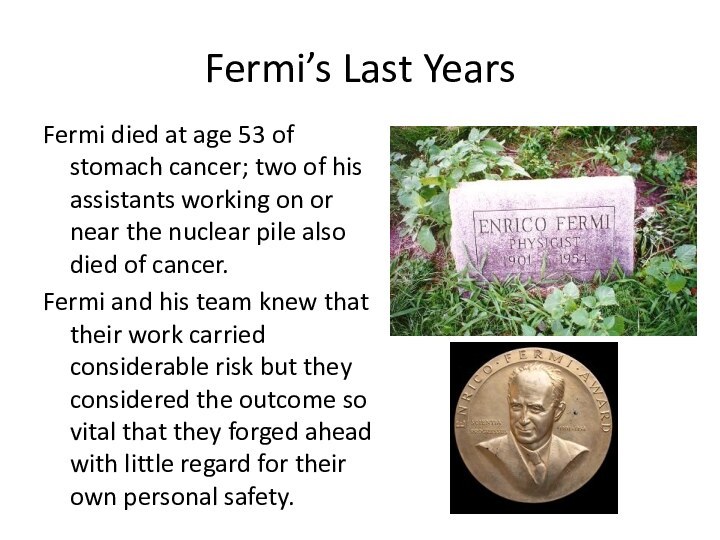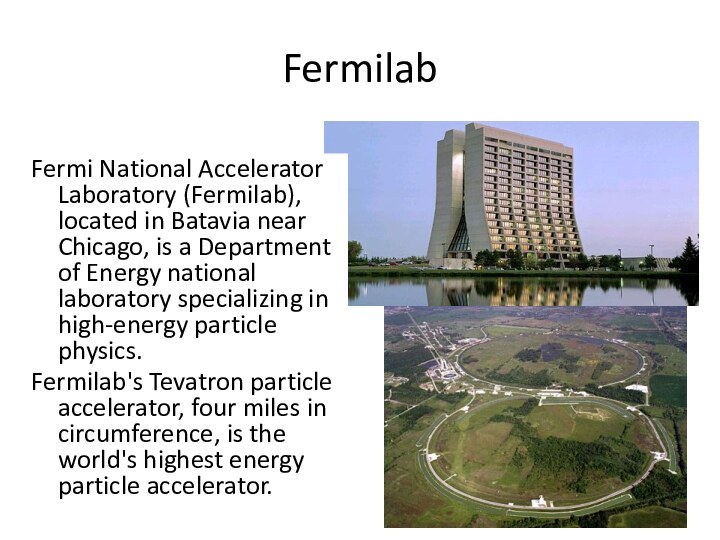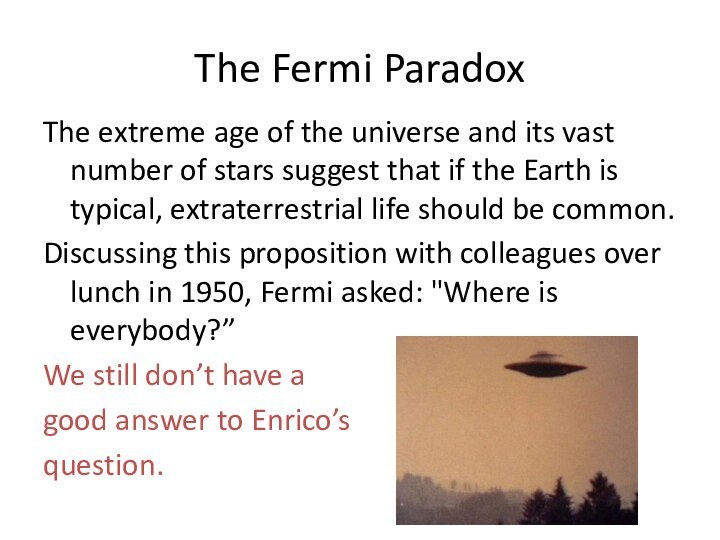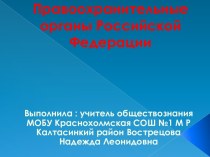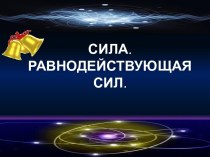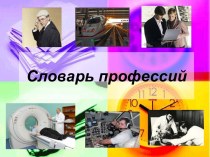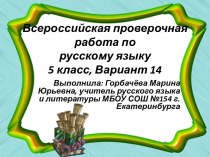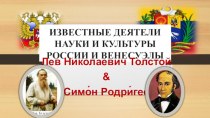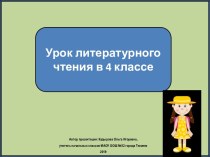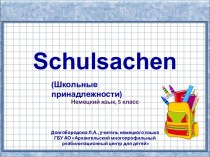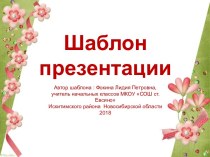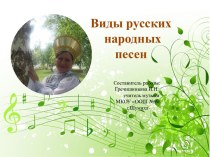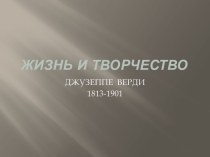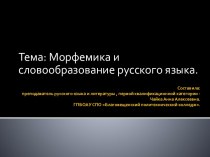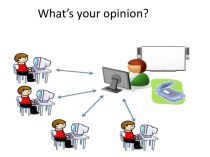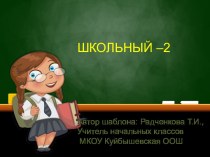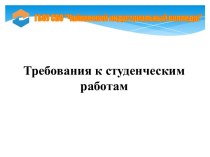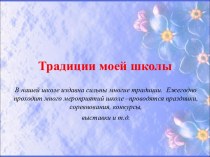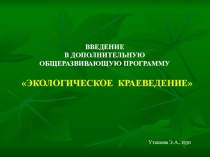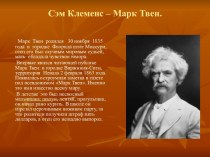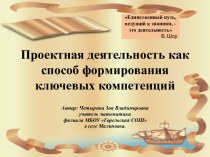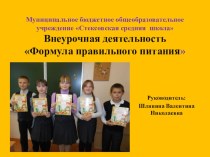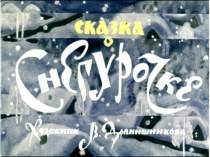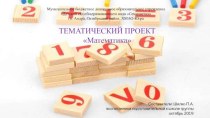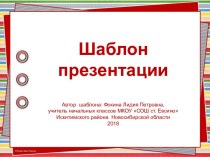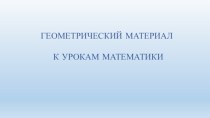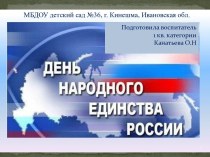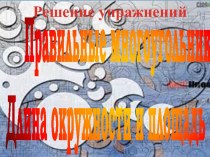Слайд 2
Enrico Fermi
A Modern
Renaissance Man
Born 29 September 1901):
Rome29 September 1901): Rome, Italy
Died November 28, 1954 (aged 53):
ChicagoNovember 28, 1954 (aged 53): Chicago, IllinoisNovember 28, 1954 (aged 53): Chicago, Illinois, U.S.
Known for
New radioactiveNew radioactive elements by neutron irradiation
Controlled
nuclear chain reaction,
Fermi-Dirac statistics
Theory of beta decay
Notable award: Nobel Prize for Physics (1938)
Слайд 3
Enrico Fermi, Physicist
Fermi was one of the greatest
physicists of the 20th century.
He is best known for
his leading contributions in the Manhattan Project but his work spanned every field of physics.
Слайд 4
Early Years
In 1901, Enrico was born in Rome
to Alberto Fermi, a Chief Inspector of the Ministry
of Communications, and Ida de Gattis, an elementary school teacher.
As a young boy he enjoyed learning physics and mathematics and shared his interests with his older brother, Giulio. When Giulio died unexpectedly of a throat abscess in 1915 it brought great sorrow to the family and Enrico escaped into his studies.
Слайд 5
Physics in Italy
Despite being the birthplace of physics,
in the 20th century Italy had slipped behind the
other European countries. That all changed with Enrico Fermi.
Слайд 6
Scuola Normale Superiore di Pisa
Urged by a family
friend, Fermi went to Pisa for his university studies.
His
exceptional abilities were recognized by his professors, some of whom received lessons on relativity theory from the young Fermi.
Слайд 7
Fermi Electron Theory
While in Pisa, Fermi and his
friends had a well-earned reputation as pranksters.
One afternoon, while
patiently trapping geckos (used to scare girls at the university), Fermi came up with the fundamental theory for electrons in solids.
Fermi’s theory later became the foundation of the entire semiconductor industry.
Слайд 8
Professor Fermi
Thanks to the efforts of
Professor (and Senator)
Orso
Mario Corbino, who
recognized his talent,
Fermi returned to Rome
as
professor of physics in
1924.
Fermi was only 24 years old but was already an internationally known scientist.
Слайд 9
Via Panisperna Boys
In Rome, Fermi (with Corbino’s help)
gathered the brightest scientific minds in Italy in his
theoretical physics group, known as the “Via Panisperna Boys.”
Despite that fact that Enrico was only a few years older, his students (half-jokingly) called him “The Pope” because they considered him infallible.
Слайд 10
Ettore Majorana
Fermi considered his Sicilian student, Ettore Majorana,
to be far more brilliant than himself. Majorana’s main
fault was that problems were so simple for him to solve that he rarely bothered to write down and publish his calculations.
Majorana became full professor of theoretical physics in Naples University in 1937 without needing to take examination “for high and well-deserved repute, independently of the competition rules.”
A few months afterwards, at the age of 31, Majorana mysteriously disappeared during a boat trip from Palermo to Naples.
Слайд 11
Emilio Segrè
Born in Tivoli, Segrè enrolled in the
University of Rome La Sapienza as an engineering student.
He switched to physics in 1927 to work with Fermi.
Emilio Segrè, Clyde Wiegand, and Owen Chamberlain examining film measuring the rate of antiproton travel, 1955
While Segrè was visiting Berkeley in 1938, Mussolini's Fascist government passed anti-Semitic laws barring Jews from university positions, making Segrè an émigré.
Segrè and Owen Chamberlain (also Fermi’s student) shared the Nobel Prize for their discovery of the anti-proton in 1959.
Слайд 12
Fermi, Sportsman
An avid hiker and tennis player, Fermi
showed the same intensity in his sports as in
his science.
Often he would win his matches by simply outlasting his opponent.
Yet Fermi was also known for his modesty and would never make much of his achievement.
Слайд 13
Fermi Problems
Fermi was famous for being able to
avoid long, tedious calculations or difficult experimental measurements by
devising ingenious ways of finding approximate answers.
He also enjoyed challenging his friends with “Fermi Problems” that could be solved by such “back of the envelope” estimates.
Laura and Enrico Fermi
Слайд 14
Fermi Problem Example
“What is the length of the
equator?”
Fermi problems are solved by assembling simple facts that
combine to give the answer:
The distance from Los Angeles to New York is about 3000 miles.
These cities are three time zones apart.
So each time zone is about 1000 miles wide.
There are 24 time zones around the world.
So the length of the equator must be about 24,000 miles
The exact answer is 24,901 miles.
Слайд 15
Many Guesstimation Books !
Guesstimation: Solving the World's Problems
on the Back of a Cocktail Napkin
by Lawrence
Weinstein , John A. Adam
Price: ~ $14.00
Слайд 16
From Theory to Experiment
In 1934, Fermi learned of
the nuclear experiments of Frédéric and Irène Joliot-Curie, he
immediately shifted his group’s work from theory to experiment.
Слайд 17
Nobel Prize
In 1938, Fermi won the Nobel Prize
in Physics for "demonstrations of the existence of new
radioactive elements produced by neutron irradiation, and for his related discovery of nuclear reactions brought about by slow neutrons".
Слайд 18
Emigration to America
After receiving the Nobel prize in
Stockholm, Fermi and his family emigrated to New York,
mainly because of the fascist regime’s anti-Semitic laws, threatened his wife Laura, who was of Jewish descent.
Слайд 19
World War
In 1939, Nazi Germany invaded Poland, igniting
World War II. The United States, initially neutral, was
drawn in after Pearl Harbor is attacked in December 1941.
Слайд 20
Einstein’s Letter to Roosevelt
On August 2nd 1939, encouraged
by a group of fellow physicists, the world’s most
famous scientist, Albert Einstein, writes a historic letter to President Roosevelt.
Слайд 23
Nuclear Fission
The bombardment of uranium by neutrons was
first studied by Enrico Fermi but the results were
not fully understood at the time.
After Fermi’s publication, Lise Meitner, Otto Hahn and Fritz Strassmann began performing similar experiments in Germany.
In 1939, they discovered that the uranium nucleus split (fission) under neutron bombardment, releasing nuclear energy.
Слайд 24
Chain Reaction
Nuclear chain reactions had been foreseen as
early as 1933 by Leo Szilard, although Szilard at
that time had no idea with what materials the process might be initiated.
Fermi and Szilard proposed the idea of a nuclear reactor (pile) with natural uranium as fuel and graphite as moderator of neutron energy.
Слайд 25
Chicago Pile-1
Fermi led the construction of Chicago Pile-1
(CP-1) , the world's first nuclear reactor.
Due to
a construction labor strike, he built it inside a squash court at the University of Chicago.
The first artificial, self-sustaining, nuclear chain reaction was initiated within CP-1, on Dec. 2, 1942.
Слайд 27
Manhattan Project
CP-1 demonstrated that nuclear energy was not
just a theoretical possibility but an experimental fact.
At that
point, enormous resources were poured into the Manhattan Project in an effort to produce the atomic bomb, a decisive weapon to end the war.
Слайд 28
Nuclear Physics in Nazi Germany
The Nazi reactor effort
had been severely handicapped by the German physicists belief
that heavy water was necessary as a neutron moderator.
The Germans were short of heavy water because of Allied efforts to prevent Germany from obtaining it and they never stumbled on the secret of using purified graphite instead.
Nazi German experimental nuclear pile at Haigerloch
Слайд 29
Post-War Work
In his later years, Fermi did important
work in particle physics, especially related to pions and
muons.
He was also known to be an inspiring teacher at the University of Chicago. His lecture notes were transcribed into books and are still used today.
Слайд 30
Fermi’s Last Years
Fermi died at age 53 of
stomach cancer; two of his assistants working on or
near the nuclear pile also died of cancer.
Fermi and his team knew that their work carried considerable risk but they considered the outcome so vital that they forged ahead with little regard for their own personal safety.
Слайд 31
Fermilab
Fermi National Accelerator Laboratory (Fermilab), located in Batavia
near Chicago, is a Department of Energy national laboratory
specializing in high-energy particle physics.
Fermilab's Tevatron particle accelerator, four miles in circumference, is the world's highest energy particle accelerator.

